Dipropylene Glycol
Dipropylene Glycol Specification
- Smell
- Mild
- Other Names
- 22-Oxybis(1-propanol)
- Melting Point
- -40C
- Ph Level
- Neutral (7-8)
- Poisonous
- No
- Molecular Formula
- C6H14O3
- HS Code
- 29053200
- Molecular Weight
- 134.17 g/mol
- Form
- Clear viscous liquid
- Structural Formula
- CH3CH(OH)CH2OCH2CH(OH)CH3
- Storage
- Store in a cool dry and well-ventilated area away from incompatible substances.
- Solubility
- Miscible in water alcohol and various organic solvents
- Taste
- Tasteless
- Boiling point
- 230C
- Purity
- 99.5%
- Shape
- Liquid
- Density
- 1.020 Gram per cubic centimeter(g/cm3)
- Refractive Rate
- 1.440
- Classification
- Glycol
- Chemical Name
- Dipropylene Glycol
- CAS No
- 25265-71-8
- EINECS No
- 246-770-3
- Grade
- Industrial Grade
- Standard
- ISO 9001:2015
- Type
- Solvent
- Usage
- Used as a solvent in industries such as fragrances personal care and industrial applications.
- Main Material
- Dipropylene Glycol
- Application
- Fragrances personal care and industrial products
About Dipropylene Glycol
Dipropylene Glycol
We offer Dipropylene Glycol. It finds many uses as a plasticizer, an intermediate in industrial chemical reactions, as a polymerization initiator or monomer, and as a solvent. At our vendors end, glycol is hydrolyzed and then treated with a mineral acid to give Di propylene. Also, this substance is processed adhering to industry standards and clinically approved formulation. Besides, clients can get the substance from us at industry leading rates.
FAQs of Dipropylene Glycol:
Q: What is the boiling point of Dipropylene Glycol?
A: The boiling point of Dipropylene Glycol is 230C.Q: What is the purity level of Dipropylene Glycol?
A: The purity level of Dipropylene Glycol is 99.5%.Q: In what type of solvents is Dipropylene Glycol miscible?
A: Dipropylene Glycol is miscible in water, alcohol, and various organic solvents.Q: What is the storage recommendation for Dipropylene Glycol?
A: Dipropylene Glycol should be stored in a cool, dry, and well-ventilated area away from incompatible substances.Q: What is the main application of Dipropylene Glycol?
A: Dipropylene Glycol is used as a solvent in industries such as fragrances, personal care, and industrial applications.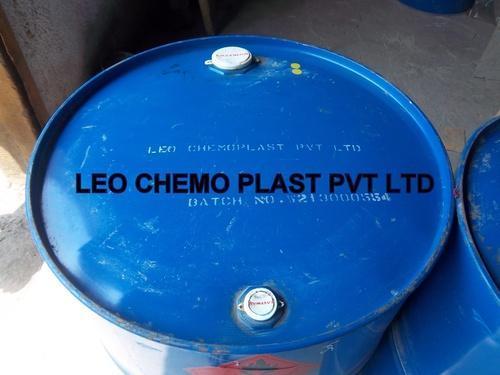

Price:
- 50
- 100
- 200
- 250
- 500
- 1000+
More Products in Industrial Chemicals Category
Triethylamine
Boiling point : 89.5C
Classification : Other, Organic Compound
Solubility : Miscible with water ethanol and ether
Chemical Name : Triethylamine
Purity : 99% Min
Refractive Rate : 1.400
DI ISO PROPYL ETHER
Boiling point : 68.5C
Classification : Organic Compound, Other
Solubility : Slightly soluble in water soluble in organic solvents
Chemical Name : Diisopropyl Ether
Purity : 99.0%
Refractive Rate : 1.3688 (20C Dline)
Poly Propylene Glycol 1000
Boiling point : >200C
Classification : Polyol, Other
Solubility : Soluble in water and organic solvents
Chemical Name : Polypropylene Glycol 1000
Purity : 99%
Refractive Rate : 1.4501.455
Para Octyl Phenol
Boiling point : 293C (559F)
Classification : Organic Chemical, Other
Solubility : Slightly soluble in water; soluble in most organic solvents
Chemical Name : Para Octyl Phenol
Purity : 99%
Refractive Rate : 1.510 1.516

 Send Inquiry
Send Inquiry
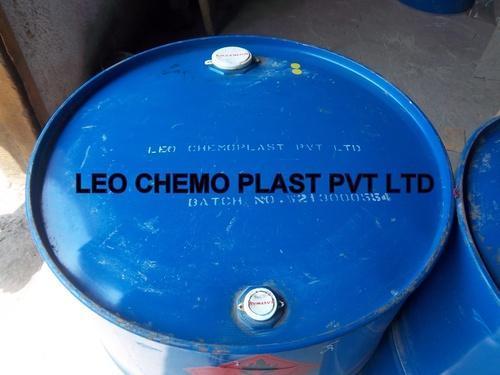
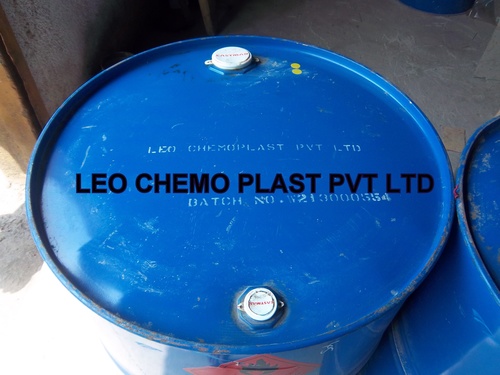
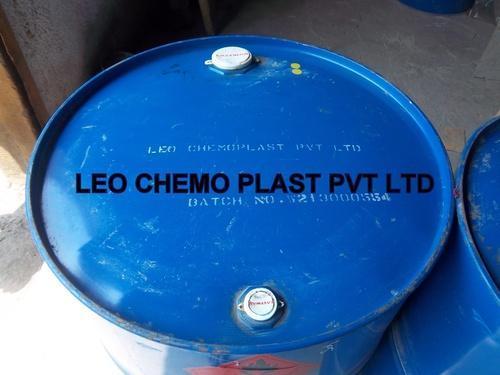
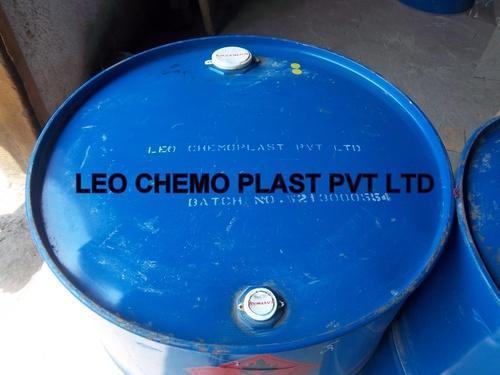


 Send Inquiry
Send Inquiry Send SMS
Send SMS